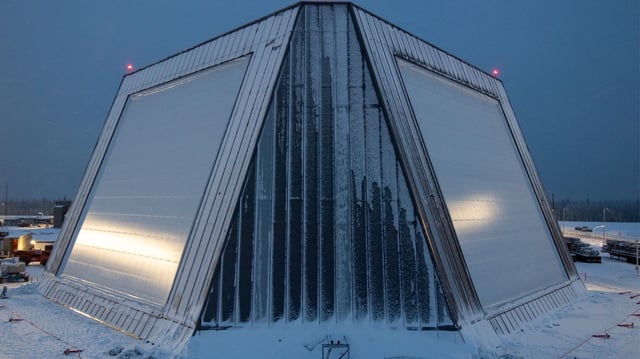Overview
- On June 23 at Clear Space Force Station in Alaska, the Missile Defense Agency-led FTX-26a flight test saw the LRDR detect, track, and report data on an air-launched target flying more than 1,243 miles offshore.
- The solid-state gallium nitride radar employs an open architecture framework to distinguish live ballistic missile threats from decoys in complex scenarios.
- During the exercise, LRDR relayed real-time tracking data to the Command and Control Battle Management and Communications network to support Ground-Based Midcourse Defense interceptors.
- Pentagon officials intend to incorporate LRDR as a key sensor in the Golden Dome initiative, a $175 billion satellite network modeled on Israel’s Iron Dome and slated to be operational by January 2029.
- Lockheed Martin and Missile Defense Agency leaders said the successful test marks a critical advance in US layered defense despite ongoing scrutiny over the program’s cost and timeline.


